It’s a clear day in Tuscany as warm sunlight blankets a stretch of chartreuse green. Italian cypresses line the roads, curving through hilly grasslands to unending vineyards, solitary hilltop towns, and saffron-coloured farmlands. At the brink of twilight, a nonna is calling out to her family for dinner as she brings out the feast.
Tuscany is the crown jewel of the Italian tourism scene, and many have swamped the accessible cities where the tourist buses go. Yet, there is an understated beauty that still lurks in uncharted territories that surprises at every bend of the road.

THE WINERIES
Many associate Tuscany to its thriving wineries – after all, the undulating countryside of well-manicured greens are a result of vineyards and wineries that have been around since the 8th century. Drinkers and non-drinkers alike wine trip through this hilly region in search of the Tuscan reds. Castello della Paneretta stands tall in the Chianti region, where you can take a tour through the castle grounds. A wine tasting there includes pairing the wines with bread, cheeses and cold cuts.
Drive through the cypress-lined path to Poggio Antico for their Brunello di Montalcino wines. If you can spare a meal in the country, head to the winery’s restaurant to feast on Tuscan flavours and uninterrupted views.
For the Vino Nobile di Montepulciano, head to Azienda Agricola Poliziano. You will be taken through the vineyards and cellars before the wine tasting.
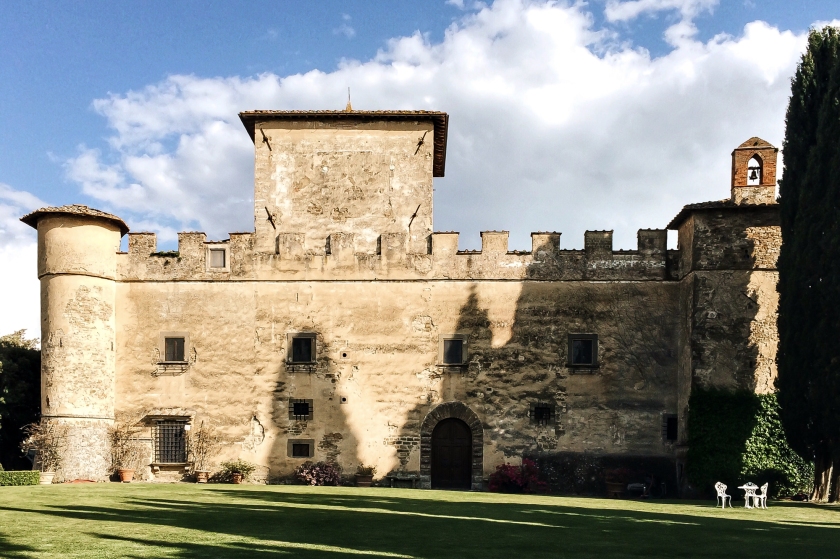


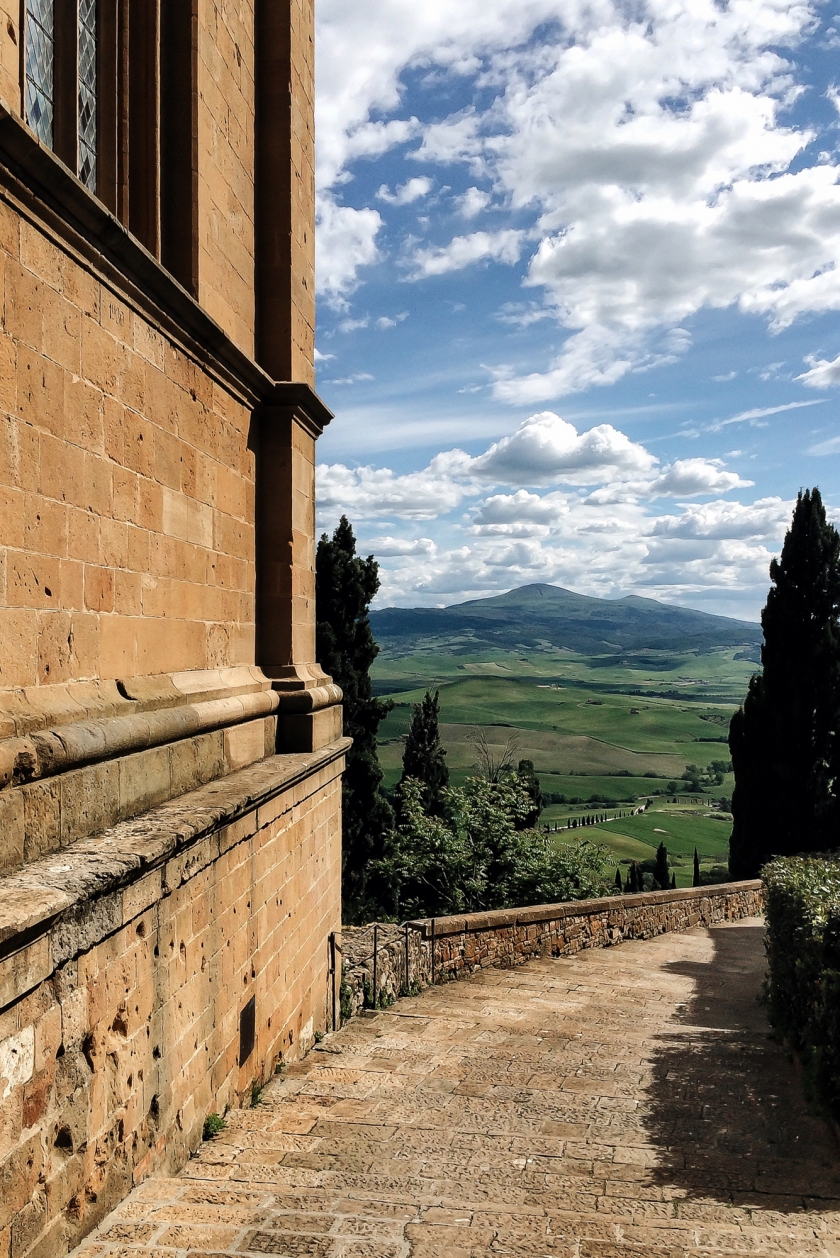
THE TOWNS
Pecks of old-world towns dot the hilltops – a stop at any one of these is a must, to get acquainted with the Tuscan vibe. Many speak of glorious towns like Siena, Pisa and Lucca, but it’s the unsung hero towns that give you a peek into the people’s everyday lives. A long way down south of Florence is Pienza, home to pecorino cheese. Pienza has some of the best views of the Val d’Orcia due to its high vantage point. A visit to any of the cheesemongers there will get you stocking up on a plethora of cheeses (truffle cheese, pistachio cheese, and what have you). Just a few kilometres east and west of Pienza are the towns of Montepulciano and Montalcino for impromptu wine tastings at bars and more stunning views.
Hands down, the best way to stumble into an obscure town is to drive aimlessly, not caring where you end up in. That is the spirit of exploring Tuscany – to let it surprise you.
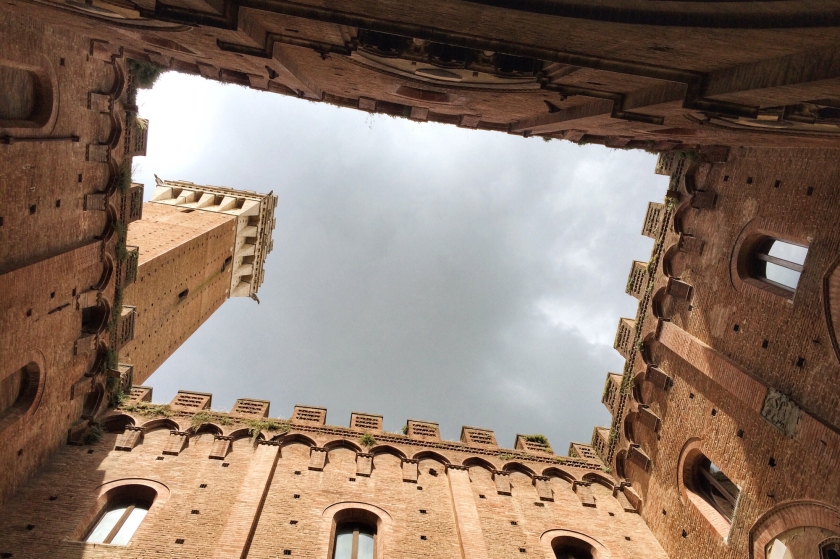


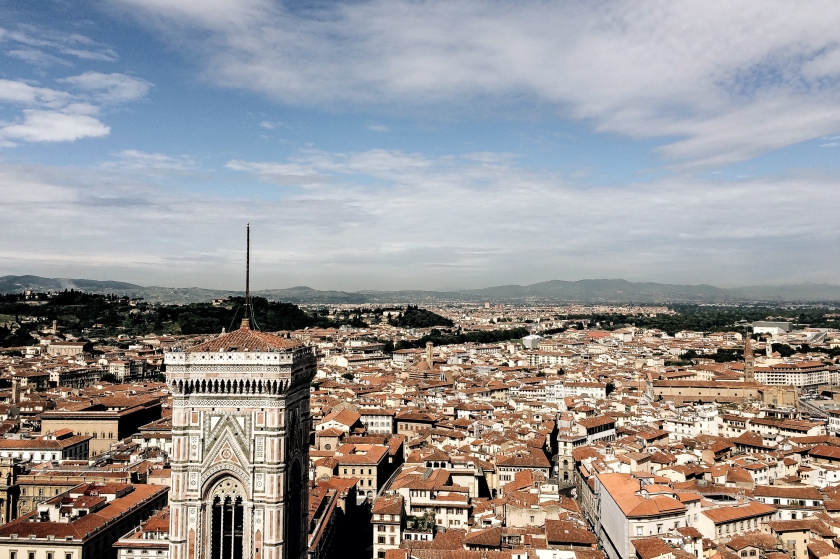
THE FOOD
When it comes to Tuscan food, it has got to be meats, cheeses, olive oil, and plenty of good wine. Tuscany is one of the few regions in Italy where you can find Chianina cattle. This fabled beef is what makes a mouthwatering piece of Florentine steak. Ragus (meat based sauce) are what Tuscans pride themselves on. Ground meats are stewed for hours with tomatoes, celeries and carrots, and served spooned over homemade pappardelle sprinkled with freshly grated parmesan cheese. For more on what to eat here, check out the eating guide.
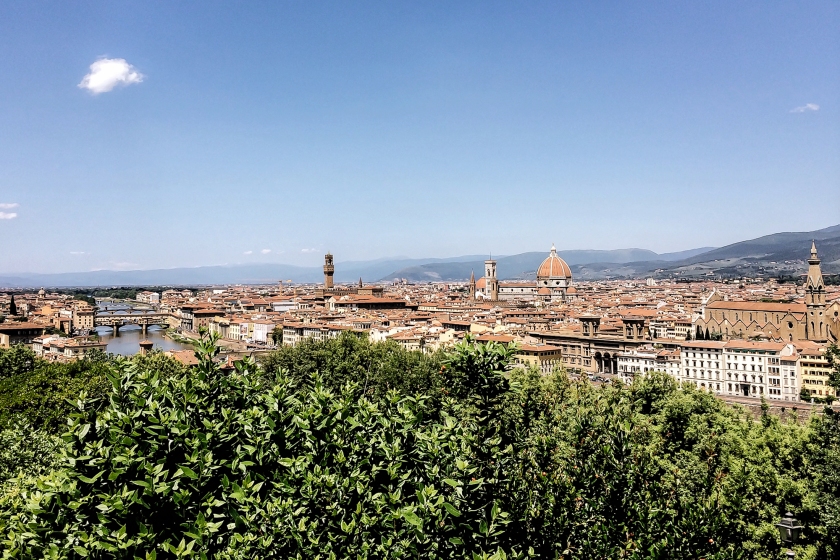
ROOMS
The expanse of the Tuscan countryside means that there is plenty of room for country houses, which were erected during the days of old. Over time, these copious dwellings have been converted into swanky bed and breakfasts for travellers. On top of being a winery, Castello della Paneretta has a villa that can house ten to eleven people next to acres of sprawling vineyards. Never mind the sheer size of the villa or the glistening swimming pool, it’s the ambrosial meals cooked by the hosts that guests rave about. If you want to take home a recipe or two, you can always go for the cooking class.
For those who love the city and everything abuzz, Le Tre Nonne in Florence is an affordable accommodation with antique rooms and a hearty Florentine host who’s more than happy to share with you every nook and cranny of the artistic city.
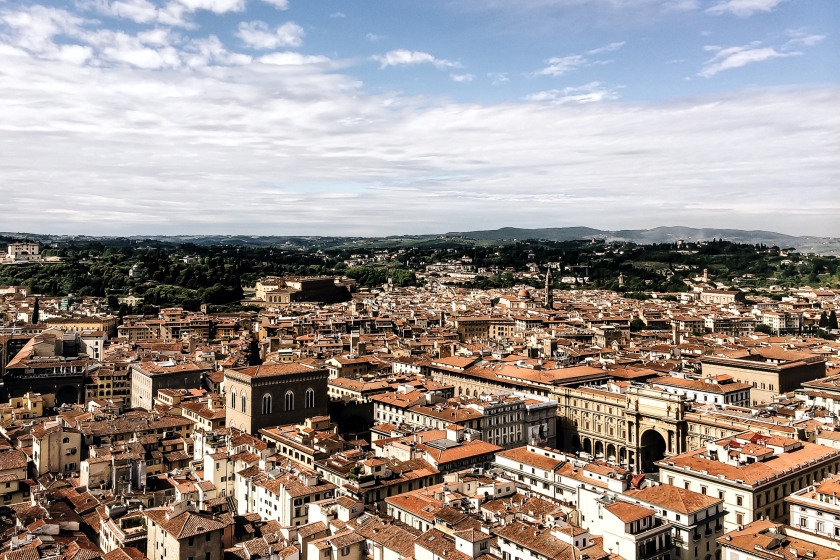
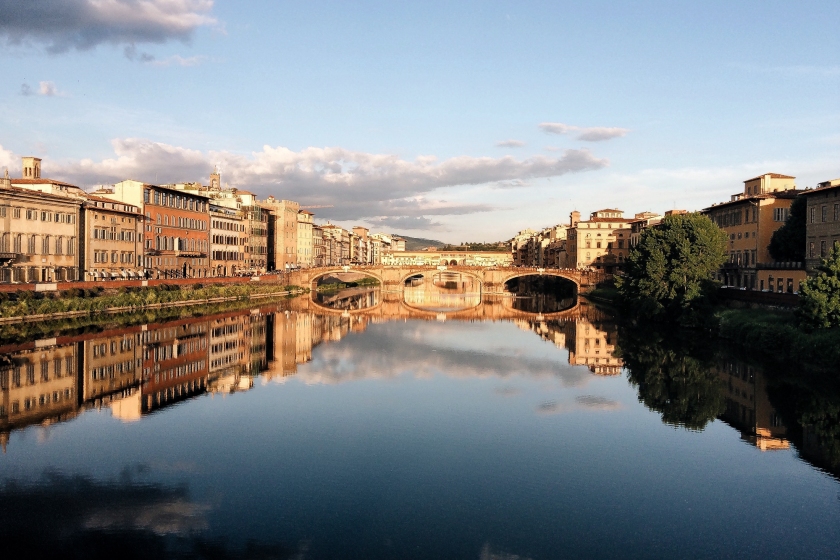


Very nice blog you have heree
LikeLike